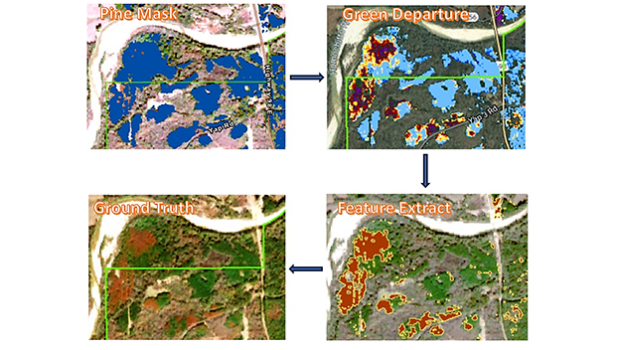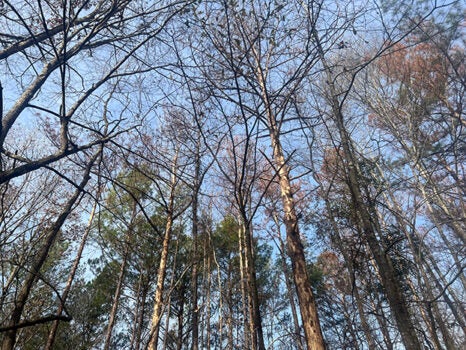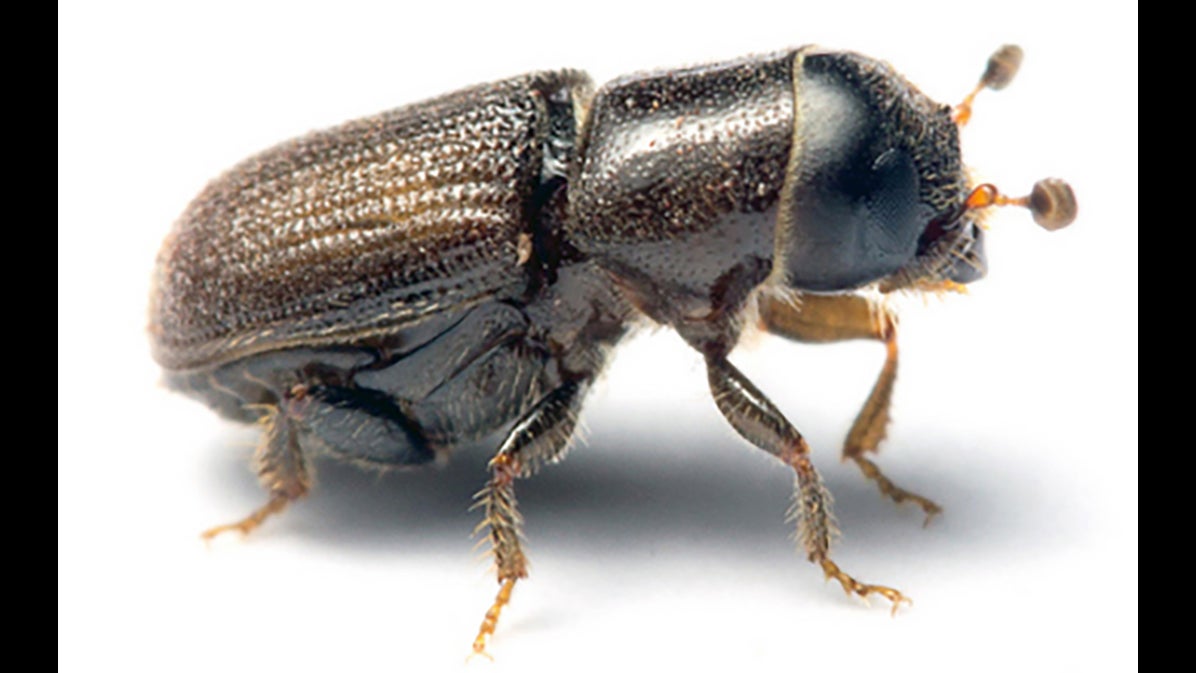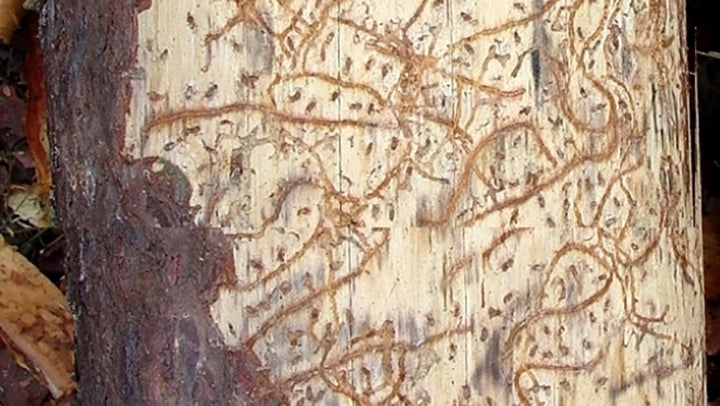Mississippi Forestry Commission’s survey finds 12.5 million dead trees after drought
Published 3:30 pm Tuesday, February 13, 2024
BROOKHAVEN — Extreme drought conditions in Mississippi killed approximately 12.5 million trees and over 80,000 acres affected across the state. The Mississippi Forestry Commission released a preliminary survey on pine mortality Thursday.
The United States Department of Agriculture Forest Service helped MFC conduct the survey through the Southern Research Station looking at an area of 13,010,098 acres, 2,500,000 acres were made up of pine trees. It is important to note the drought caused stress on the trees and it is likely beetles such as the Southern Pine beetle and Ips beetle attacked stressed trees and killed them.
Garron Hicks, Mississippi Forestry Commission Forest Health Commissioner, said the survey looked at 811,111 spots, or polygons reflecting pine decline, which were extracted from remote sensing analysis from sentinel 2 satellite imagery. Spots range in size from .02 acres to 72 acre areas with the majority of spots less than 20 acre polygons. The average spots were at a tenth of an acre.
Mississippi Forestry Commission determined the survey had a 96 percent confidence level by looking at the ground truth imagery of 150 random points. Hicks stated they adjusted total acreage affected from 80,415,33 using the 0.04 percent error, to 78,988.3 acres of mortality.
Hicks explained the Southern Research Station uses a good rule of thumb that roughly 159 pine trees are in an acre based on remote sensing analysis to come up with the full number. . The survey mapped the tree canopy to calculate the pine mortality.
“The survey will help us get a better understanding of how much pine mortality we have in the state due to the drought,” Hicks said. “With the long duration of the drought and a period of very high temperatures you would expect to have some mortality. As expected, we are seeing the highest amount of mortality in the areas who were seeing the drought conditions the longest.”
Measuring tree loss
Hicks said the survey used a process to derive evergreen areas from the map and then derive change. Pine tree needles go from green to an orange brown when they are dead. He said they took imagery for two winter captures over one year apart and ran them through a filter to produce pixels of tree canopy. They then subtracted one year’s data from the other to determine vegetation loss.
Hicks stated there is more work to be done to remove potential errors involving trees lost to silviculture, thinning and tree shadow from the results. People can view the areas where pine decline has been detected by visiting the Mississippi Forestry Commission map.
Lincoln County and Franklin County appear to be at the epicenter of the outbreak. Homochitto National Forest Land is one of the hardest hit if you look at the clusters of red on the map. Hicks acknowledged there are a few reasons for this.
“This is primarily due to the high amount of pine forest within the National Forest and the long duration of drought conditions in that area,” Hicks said.
As of last week, regions of Northwest Lincoln County and eastern Franklin County were still abnormally dry according to the National Drought Monitor Center. Western Franklin County is still considered to be in a moderate drought.
Hicks said the acreage impacted by the drought is growing little by little each day. It is likely there will be more updates to the survey over the next year.
“We will continue to use updated satellite imagery as it becomes available to get better information and assist landowners in reforestation efforts,” Hicks said.








